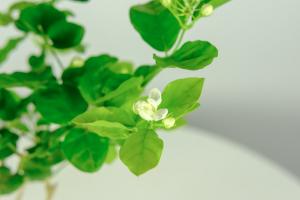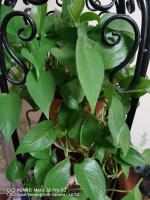Overview of Plant Vascular System
Plants have a complex vascular system that plays an essential role in their growth, development, and survival. The plant vascular system consists of two types of tissues: xylem and phloem. Xylem is responsible for transporting water and minerals from the roots to the leaves, while phloem serves to transport sugars and other organic molecules from the leaves to the rest of the plant.
Anatomy of Xylem
Xylem tissue is composed of several different types of specialized cells, including tracheids, vessel elements, fibers, and parenchyma cells. Tracheids and vessel elements are elongated cells that form a network of tubes throughout the plant. These tubes are responsible for transporting water and minerals up from the roots to the leaves. Fibers and parenchyma cells are supportive cells that provide structural support to the xylem tissue.
Location of Xylem in a Plant
Xylem tissue is located in the stem and roots of a plant. In the stem, xylem tissue is found in the center of the stem, surrounded by phloem tissue. In the roots, xylem tissue is located in the center of the root, surrounded by cortex and endodermis tissues.
Function of Xylem
The main function of xylem tissue is to transport water and minerals from the roots to the leaves of a plant. This transportation occurs through a combination of transpiration and cohesion-tension mechanisms. Transpiration is the process by which water evaporates from the leaves, creating a negative pressure that pulls water up from the roots. Cohesion-tension refers to the cohesive forces that bind water molecules together, allowing water to be pulled up through the xylem tissue.
Conclusion
The location of the xylem tissue in a plant is in the stem and roots, and its function is to transport water and minerals through a combination of transpiration and cohesion-tension mechanisms. Understanding the anatomy of xylem and its role in plant growth is essential to plant scientists and horticulturists who need to optimize plant growth and yield.

 how many times do yo...
how many times do yo... how many planted tre...
how many planted tre... how many pine trees ...
how many pine trees ... how many pecan trees...
how many pecan trees... how many plants comp...
how many plants comp... how many plants can ...
how many plants can ... how many plants and ...
how many plants and ... how many pepper plan...
how many pepper plan...































